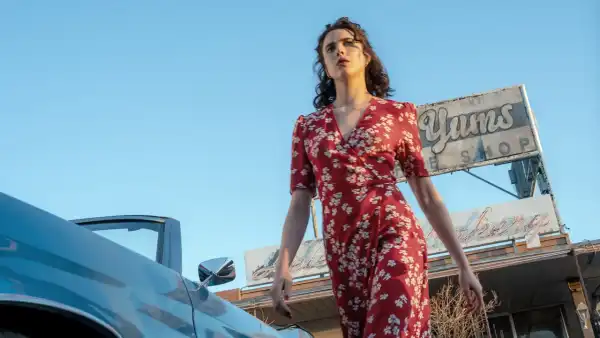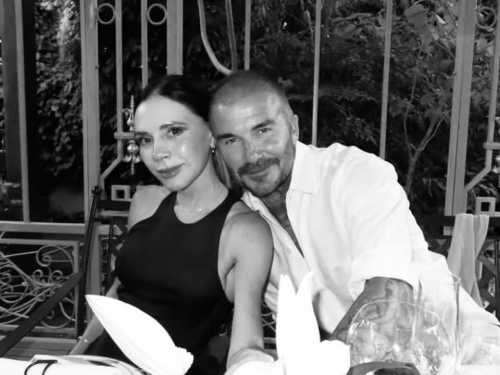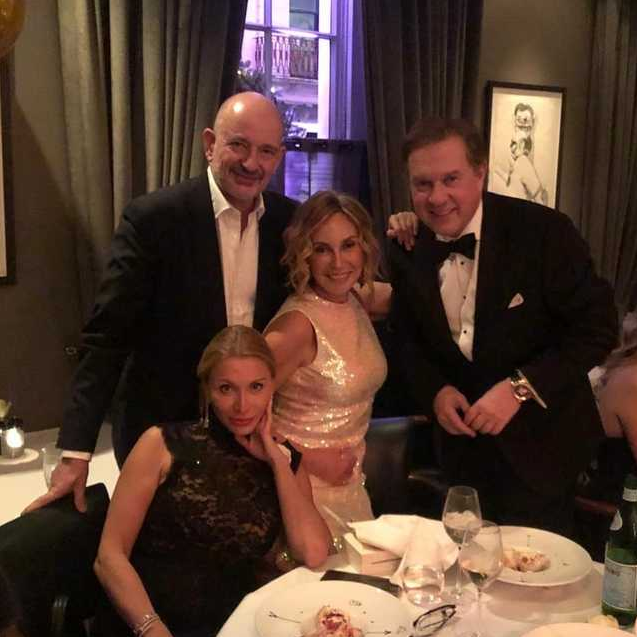
Save this storySave this storySave this storySave this story
The main components of Ethan Coen's new film, Honey, Don't!, are cruelty and eroticism. Both motifs are filled with emotional depths and fatal consequences; both expose the human essence in its primordial wildness. Their dominance in the plot at times creates the impression that Coen, through his favorite neo-noir techniques, is trying to get to the bottom of not only the characters, but also human nature. But such moments are rare. Despite its eccentricity, the film generates only superficial tension, masking the formulaic moves (adventurous crimes and judicial errors) on which the narrative is built. However, after a long and noisy action, the viewer still catches something significant.
The script, written by Cohen and his wife Tricia Cook, begins with a mystery. A woman in leopard-print tights and severe makeup (Lera Abova) discovers an overturned car in the scorching desert, finds a dead woman inside, and takes a ring from her finger. The inscription on the jewelry points to the Four Ways Temple, a religious community in Bakersfield, California. Local solo detective Honey O'Donoghue (Margaret Qualley) finds the accident suspicious and shares her guess with forensic scientist Marty Metakavich (Charlie Day), who awkwardly flirts with her. (He continues to do so despite her straightforward, “I like girls.”)
At the station, Honey goes to the back room to get information from Officer M.G. Falcone (Aubrey Plaza), which is the beginning of a mutual attraction. The heroine finds her in a police bar, and soon they find themselves in bed. (The abrupt transition from the bar to the sex scenes is puzzling: the mundane details of a tryst are usually the most eloquent, but Cohen, like many directors, omits them.) Meanwhile, the head of the church, Reverend Drew Devlin (Chris Evans), abuses his position, persuading parishioners to have sex. (He even gives them bondage accessories along with their prayer vestments.) The temple covers up a drug ring run through “the French” by a woman in a leopard print. Violence flares up spontaneously – when deals are disrupted – and coldly, when interference is required. As the bodies multiply, Honey continues her investigation. After her niece Corinne (Talia Ryder) disappears from a local café, the detective's involvement in the events turns into a personal obsession.
The violence here balances between horror and absurdity, referring to the Coen brothers’ debut film, Blood Simple, inspired by Hammett’s novel Red Harvest. There, the habit of violence gave rise to a twisted mindset, and the Coens added an element of chaos. Honey, Don’t! continues the tradition: blood on the tires after a hit-and-run, the killer’s reflection in the victim’s eyes, a blind shot from a confused lover. However, the psychology of violence remains unexplained. Even at the climax, Coen switches to absurdity and black humor, as if avoiding serious analysis. Sex is also shown mechanically: naked bodies and toys replace genuine intimacy. (It is significant that the most sincere scene takes place between clothed characters in public.)
The film is like a brightly colored wrapper: flashy camera angles, acidic colors, eccentric lines. Honey calls the perfect relationship a “smorgasbord,” Drew calls the congregation “pasta,” and drugs “business.” The script plays with criminal cliches with irony: A jealous man (Billy Eichner) hires Honey to follow his boyfriend, and she gives him advice full of worldly wisdom. In a confrontation with the tyrant Mickey (Alexander Carstoiu), Honey replaces his MAGA sticker with a feminist slogan.
Unlike the best of the Coen brothers’ work, there’s no depth to the backstories. The Big Lebowski (1998) used the Dude’s past to reveal his principles. Inside Llewyn Davis (2013) relied entirely on the backstory, becoming a structural masterpiece. In Honey Don’t, Honey’s biography is sparsely informed by her Bakersfield roots, her mother’s death, and her father’s absence. Her passion for vintage (a vintage Camaro, a Rolodex instead of a digital archive) is merely decorative. The heroine remains an enigma, reflecting the superficiality of the entire plot, woven from jokes and witticisms.
The film is conceived as the second part of a trilogy after “Off-Road Dolls” (2023). Both films share genre frameworks, a lesbian protagonist Qualley, and a conspiracy theme. If the first film presented the theme straightforwardly, here it dissolves in hints – like the emptiness behind the cheerful facades. This emptiness becomes a key element: criminal schemes are shown as an unshakable world order, a cynical metaphor for the universe. If there is a philosophy in “Honey Don't!”, it manifests itself in what remains behind the scenes.
It's a shame that the Coen brothers parted ways now, when their work has reached maturity. Their early works were guilty of pretentiousness, allusions for the sake of allusions, and a ostentatious folkloric style. The turning point came with “Llewyn Davis,” where form flowed from worldview. Having gone through “Hail, Caesar!” and “The Ballad of Buster Scruggs,” they parted ways at the peak. It's nice that Ethan managed to preserve the brotherly spirit, even if he didn't reach the same heights. ♦
Sourse: newyorker.com






